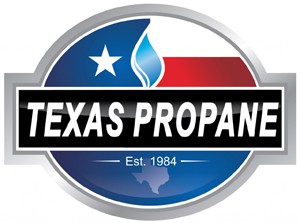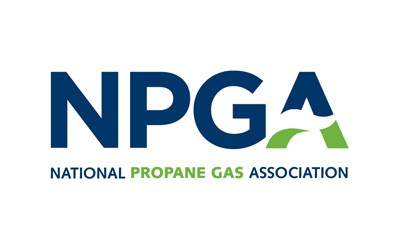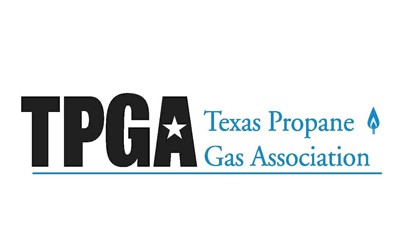Purpose of Propane Regulators
Propane tank pressure can range from under 10 psig to over 200 psig. Typically, residential applications will require 11 inches water column (amount of pressure required to push a column of water up 11 inches in a manometer, or about 6.3 ounces per square inch) and the regulator compensates for these pressure differences in the tank to supply a steady flow of required pressure to the household appliances. However, not all applications are similar to that of residential use, so they will utilize regulators for higher and lower pressures as required by the appliance(s). Simply put, the purpose of a propane regulator is to “bottleneck” the propane down to a safe and usable pressure. It is important to note that under normal operation, a propane regulator will make a “humming” noise, which is normal and should not be construed as a problem or regulator malfunction.
Types of Propane Regulators
The purpose of propane regulators is the same, but different applications require different types of regulators. Regulator selection is determined solely by the propane application requirements. The demand downstream of the regulator is what determines what type of regulator is to be installed and where it is to be placed within the system. Some propane systems incorporate multiple regulators for efficiency while others such as a grill need only a low BTU grill regulator. Types of propane regulators include:
- High Pressure Regulators
- First Stage Regulators
- Second Stage Regulators
- Integral Two-Stage Regulators
- Adjustable High Pressure Regulators
- Automatic Changeover Regulators
Installing the wrong kind of regulator will typically render a propane gas system inoperable. Many don’t realize that buying an LP Gas regulator from a friend or an internet site will more than likely result in wasted money. Regulators aren’t all the same regardless of what one may think and improper regulator or faulty LP Gas regulate installation means the entire installation is illegal and unable to be serviced until fixed. It is important to keep in mind that replacing the regulator means interrupting the flow of gas and a leak check is required before the gas can be turned back on. Also, do not put yourself in danger by attempting to buy and install your own regulator. Contact your propane company or a licensed LP Gas plumber. It will be safer and cheaper in the long run.
Regulator Protection and Replacement
Like any other part of a propane system, the regulator requires protection. Regulator protection, for the most part, means keeping it covered. Generally, regulators are found under the tank dome or if installed outside the dome, they will have the vent pointed down. The vent is pointed down to prevent rain, ice and debris from entering the regulator. The vent should have a screen that prevents insects from getting in the regulator, as some insects, such as the Mud Dauber (a.k.a. Dirt Dauber) will make a nest in a regulator that is missing is protective screen. Unprotected regulators that are exposed or not pointed with the vent facing down can easily be protected by cutting an empty plastic milk bottle to fit over the regulator until its placement and position can be corrected.
Internal moving parts are involved with regulators. They are subject to wear and tear and after some time, the regulator will need to be replaced. Propane companies can tell consumers when the regulator needs to be replaced due to age or malfunction and the consumer needs to take this advice seriously. Normally, it takes 15 years before a regulator needs replacement while some regulator manufacturers recommend replacement every 25 years. If any regulator has ever been under water, such as on an underground propane tank, it needs to be replaced immediately. One very crucial fact to point out is that although propane regulators may be adjusted by licensed propane professionals, they are not repaired or subject to repair. They are replaced.
These are just a few important things to know about propane regulators. Contact Texas Propane with the link below for more information!







